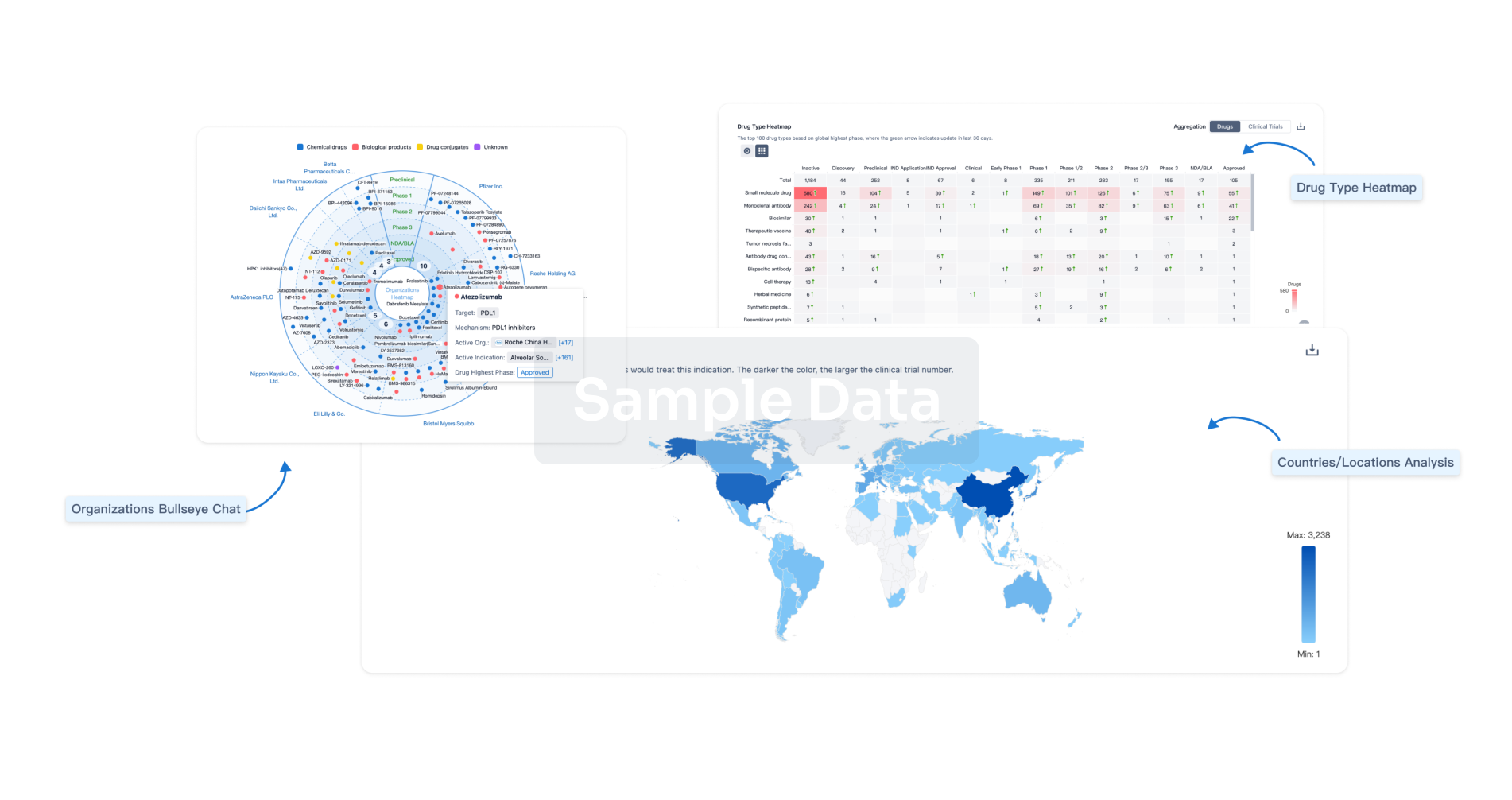Request Demo
Last update 08 May 2025
Bronchopulmonary Sequestration
Last update 08 May 2025
Basic Info
Synonyms BRONCHOPULMONARY SEQUESTRATION, Bronchopulmonary Sequestration, Bronchopulmonary Sequestrations + [30] |
Introduction A developmental anomaly in which a mass of nonfunctioning lung tissue lacks normal connection with the tracheobroncheal tree and receives an anomalous blood supply originating from the descending thoracic or abdominal aorta. The mass may be extralobar, i.e., completely separated from normally connected lung, or intralobar, i.e., partly surrounded by normal lung. |
Analysis
Perform a panoramic analysis of this field.
login
or

AI Agents Built for Biopharma Breakthroughs
Accelerate discovery. Empower decisions. Transform outcomes.
Get started for free today!
Accelerate Strategic R&D decision making with Synapse, PatSnap’s AI-powered Connected Innovation Intelligence Platform Built for Life Sciences Professionals.
Start your data trial now!
Synapse data is also accessible to external entities via APIs or data packages. Empower better decisions with the latest in pharmaceutical intelligence.
Bio
Bio Sequences Search & Analysis
Sign up for free
Chemical
Chemical Structures Search & Analysis
Sign up for free